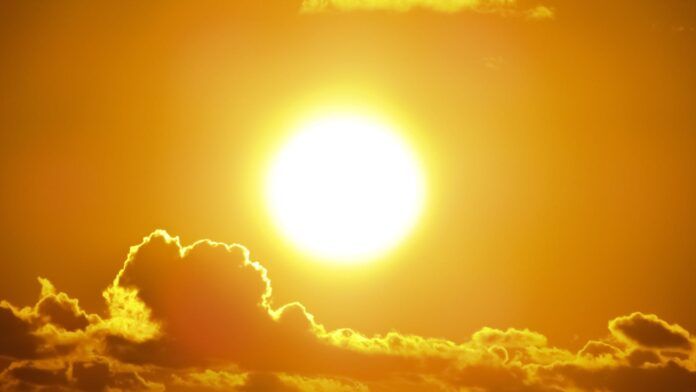Drought levels across the Kootenays have eased off a little but remain high, according to the BC River Forecast Centre.
The River Forecast Centre said the East Kootenay, Lower Columbia and Kettle Basins have dropped to level four, while the West Kootenay and Upper Columbia Basins dropped to level 3.
Drought levels are measured on a five-point scale, with five being the highest.
Jonathan Boyd, a hydrologist with the BC River Forecast Centre said this comes as weather conditions improve.
“There has been some recent rainfall that has helped flows a little bit in the region,” said Boyd. It hasn’t been a drastic help, but there has been some regional precipitation, especially over the last two weeks compared to the previous two to three months when we were at a significant deficit for rainfall.”
Boyd said this year’s drought was set into motion by weather events last year.
“It really began in early July of 2022 when the rainfall across the province sort of stopped until late Oct. with very dry and warm weather,” said Boyd. “It led to a lot of drought conditions overriding into the winter months and into the spring.”
B.C. also broke record high temperatures in May of this year, resulting in rapidly melting snowpack.
“That led to one the quickest, if not the quickest, snowmelts for the season for the entire province,” said Boyd. “That, of course, got flows down to base levels that much sooner.”
Boyd said this time of year is when we can feel the most impact from droughts.
“Anywhere from late August into early October is where we can end up with the lowest flows on rivers for a bit,” said Boyd.
Boyd said prolonged droughts could become more common in the future because of climate change.
“The likelihood is that there’s going to be warmer temperatures in the winter, leading to less of a snowpack and potentially earlier snowmelt,” said Boyd.





